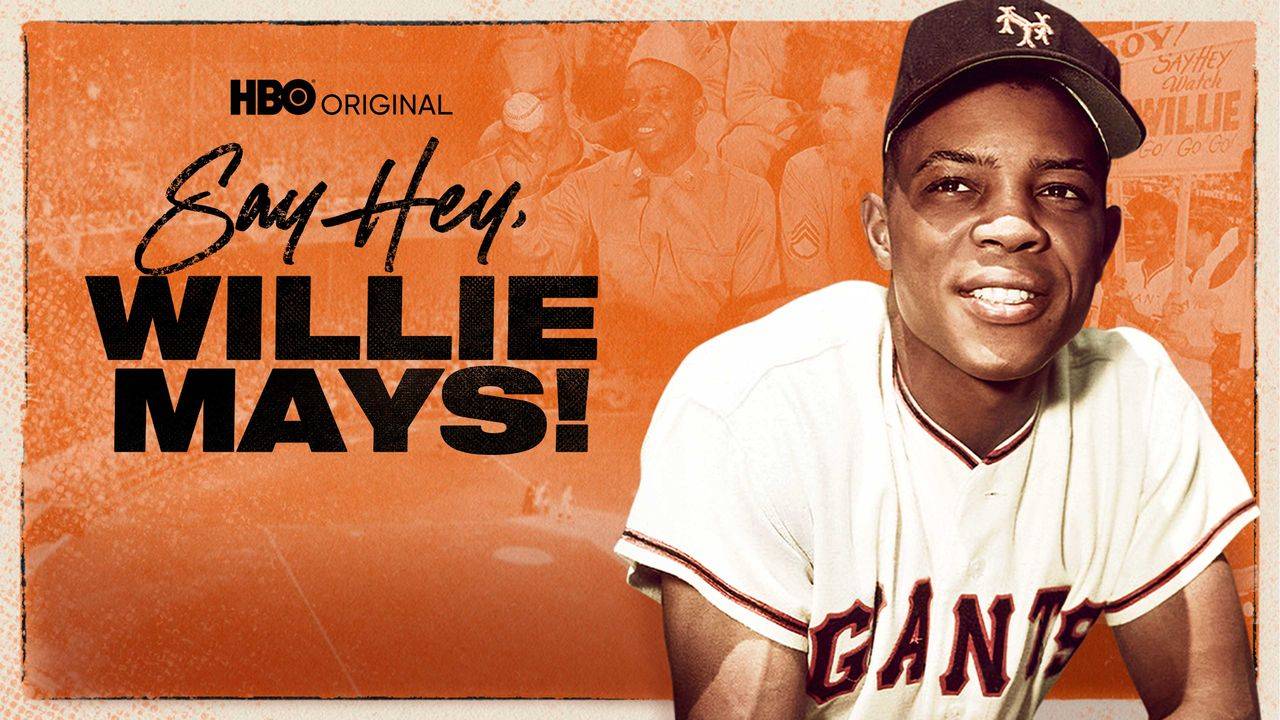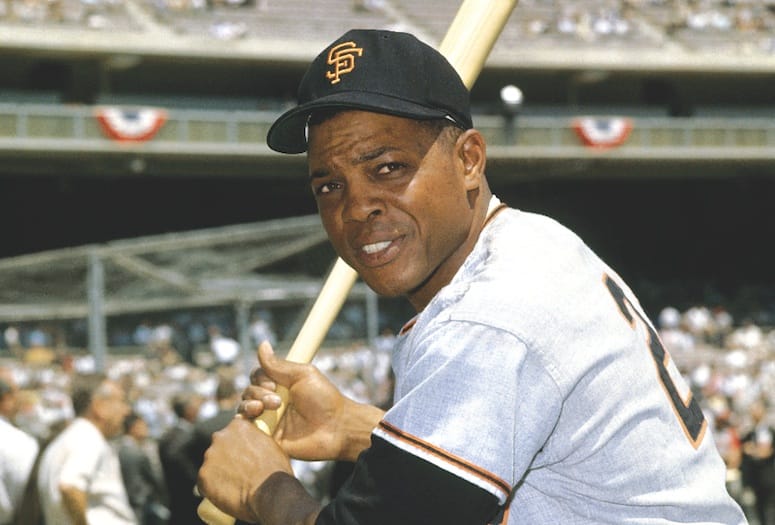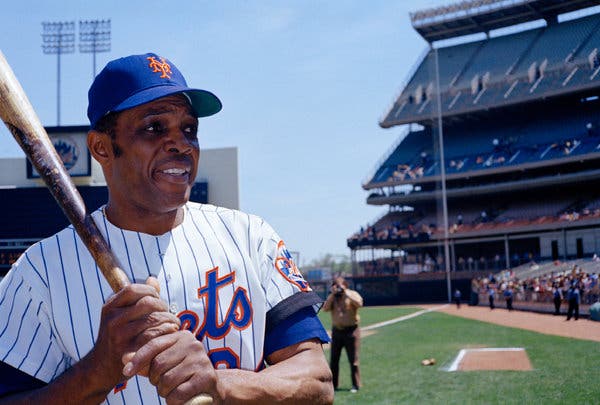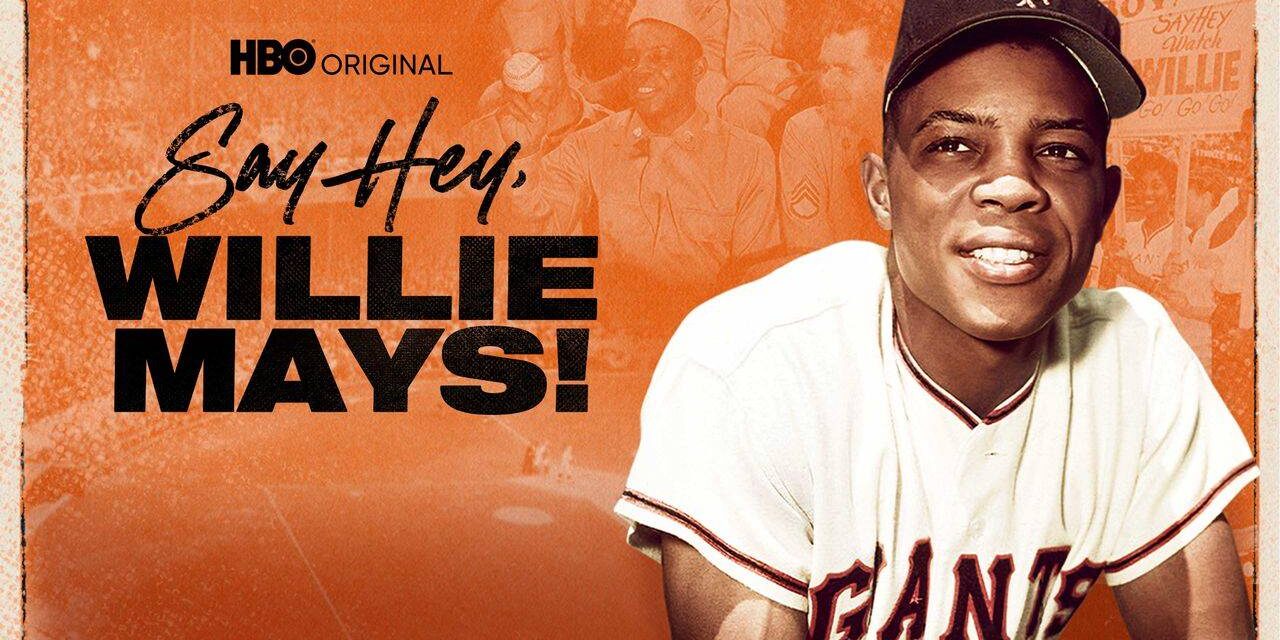
By Scott Engel, The Game Day
The new HBO Sports Documentary, “Say Hey, Willie Mays!” is a warm reminder of what the iconic outfielder has meant to New York baseball, and how his trade to the Mets in 1972 was a true return “home”.
When the Mets retired his number in a surprising and fitting tribute at Citi Field in late August, the franchise ensured that Willie Mays was always going to remain at home in New York, where it all began for him as a Major Leaguer. The ballpark is an ideal venue for a Mays enshrinement. The green seats are a nod to the Polo Grounds, where Mays first made his initial splash in the Majors.
The huge impact of Mays on New York baseball and his everlasting ties to the Mets have resonated with those who have followed him in donning the blue and orange. Another Mets icon who will likely join Mays among the greats to have their numbers retired at Citi Field said he is very interested to learn even more about No. 24 by watching the documentary.
“I am looking forward to watching it, because even though he was before my time, I always regarded Willie Mays as the ultimate five-tool player,” David Wright told The Game Day.
“He could do it all, and when you add on top of it what he meant to New York baseball, the Mets franchise and who he was off the field, he is the best to ever put a uniform on. When I had a chance to meet him and talk with him for 15 minutes, it was one of the highlights of my career.”
Willie Mays’ Early Days As a New York National Leaguer
Now Wright and all others who want to get an in-depth look at the massive imprint Mays made on American sports get a comprehensive hour-and-a-half-plus feature vehicle. While so much of Mays’ life is covered throughout the film, for all aficionados of the Mets and New York National League baseball, there is much to focus on from those specific perspectives. Mays rose to stardom in New York, and even though he spent a major portion of his career in San Francisco, he always remained a favorite son of the city where his MLB career started.

The film notes that a young Mays was recommended to the Brooklyn Dodgers by Jackie Robinson, but ultimately his destiny was to play for New York’s other National League team. Current Giants broadcaster Jon Miller details how the franchise had once been regarded as the premier baseball club in town, but had fallen on harder times prior to the Mays era. The arrival of Mays in 1951 sparked a resurgence.
Mays became a true part of the community in New York, as detailed by footage of his days living in Harlem, where he was fully embraced by the locals. He played stickball with neighborhood kids and bought them ice cream. After Giants games, he would relax at his favorite restaurant, but he was never allowed to stay late because everyone insisted that he get home early to get ready for the next game.
Bob Costas illustrates how playing in New York helped Mays and the Giants to gain national recognition in the early days of television. In 1954, 15 years before the Miracle Mets toppled the Orioles, the Mays-led Giants pulled off one of the biggest upsets to date in baseball history when they swept Cleveland. Of course, there is a comprehensive segment on Mays’ everlasting catch in Game 1.

A Welcome Back At Big Shea
When detailing the painful departure of the Giants from New York following the 1957 season, Miller highlighted the fact that although Mays was leaving, New Yorkers kept him in their thoughts and hearts. Although many Giants fans were devastated, Miller said, they would continue to follow the team as long as Mays was still with them.
After thoroughly examining Mays’ years in San Francisco, the focus shifts to the financial troubles that the Giants were facing that caused them to trade Mays back to New York in May of 1972. At this point of the film, Mays recalls his very first conversation with Joan Payson, followed by a detailed look at his electric Mets debut against the team that dealt him away. We also get to hear Mays reflect on delivering the decisive homer to beat his former team in his very first game as a Met.
The joyful reactions to Mays’ homecoming are captured by a shot of the Shea Stadium scoreboard welcoming him back and a montage of Mets fans proclaiming their glee that he had returned to New York. For those who lived through it, Mays’ second tenure in New York was indeed a time of great excitement even though he was at the end of his career, and coincided with a second unlikely run to glory by a Mets franchise that was still very young.
Mays’ final days as a Major Leaguer with the Mets are well-chronicled and conclude with his emotional farewell speech on “Willie Mays Night” at Shea Stadium in September of 1973 and excerpts of his press conference after announcing he was retiring. The film ultimately ends with footage of the Mets retiring his number at Citi Field.
While the documentary naturally spends much time on Mays’ years outside of New York, it delivers the message that Willie Mays was always a New Yorker, even when he was playing elsewhere. Former Met Todd Frazier, who is well-versed in the experience of playing in New York, recommended that younger baseball fans should learn more about Mays and his huge impact on sports and the game of baseball by viewing the film.
“When you’re a kid, you want to emulate those who played the game the right way,” Frazier said. “For every young kid that never got to see Willie Mays play, this will be a great documentary to show how very special a talent and person Willie really is, and I am looking forward to watching it.”















